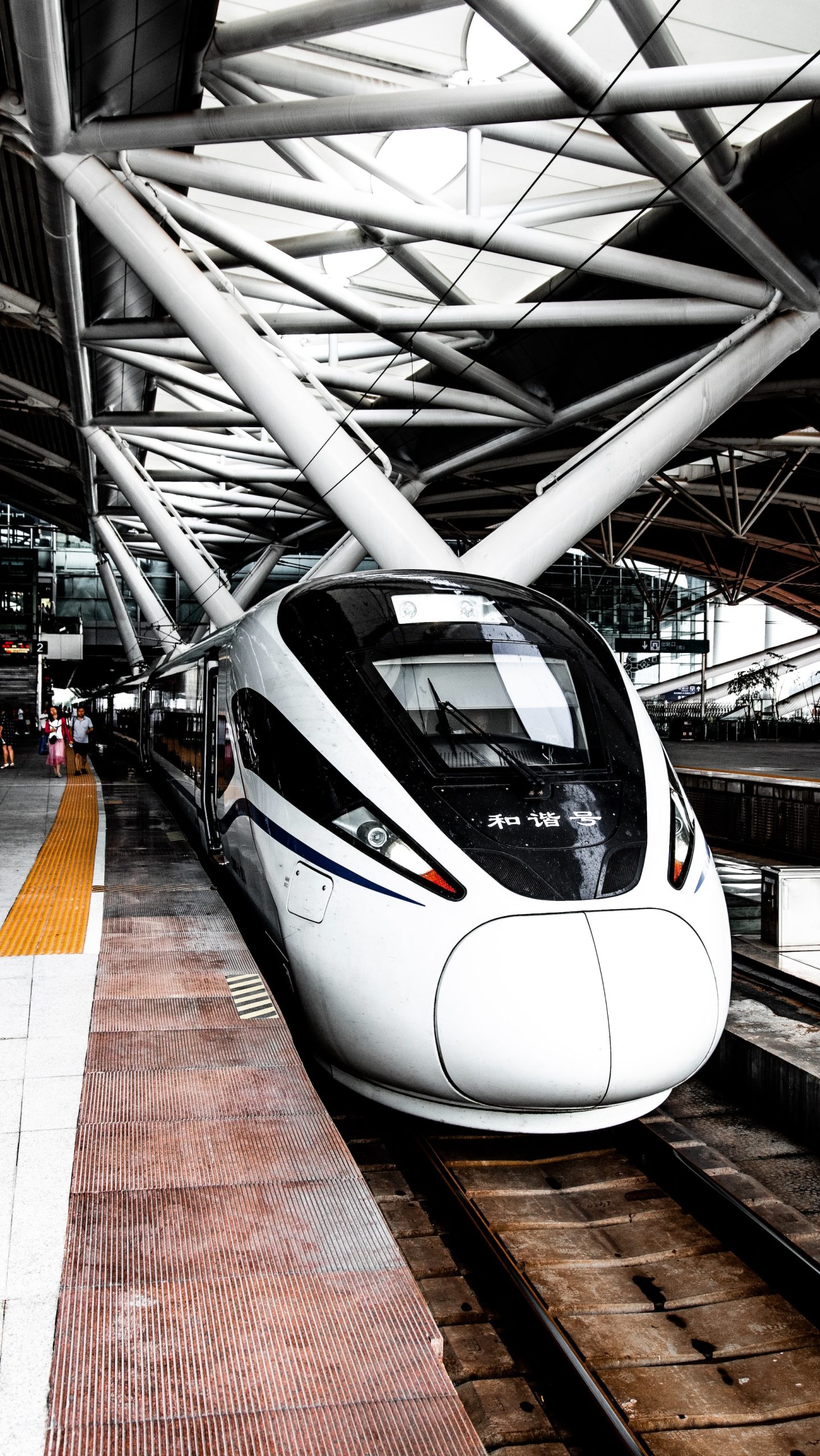China Railways’ recent announcement of developing a groundbreaking bullet train capable of standard operating speeds of 450km/h has generated significant excitement and anticipation. This innovative project aims to revolutionize rail travel and further solidify China’s position as a leader in high-speed railway technology.
According to reports, the new bullet train is expected to debut in the near future, showcasing China’s commitment to pushing the boundaries of transportation infrastructure. This impressive speed, if achieved, would surpass the operational capabilities of existing high-speed trains around the world.
The development of this high-speed train reflects China’s continuous efforts to enhance its transportation network and improve connectivity within the country and beyond. The increased speed will significantly reduce travel time between major cities, boosting economic growth and facilitating smoother mobility for both passengers and freight. China has already gained recognition for its extensive high-speed rail network, which spans thousands of kilometers and connects numerous cities across the country. By introducing the 450km/h bullet train, China Railways aims to set a new benchmark for high-speed rail technology, enhancing passenger experience and cementing its position as a global leader in the field.
This ambitious project will likely involve significant investment in research, development, and infrastructure to ensure the train’s safe and efficient operation at such high speeds. Additionally, it may require adaptations to existing tracks or the construction of new dedicated lines capable of accommodating the train’s advanced specifications.
China’s Record-Breaking High-Speed Railway System
China’s high-speed train network has become the envy of the world, setting new standards for efficient and rapid transportation. With its advanced technology and vast infrastructure, China has successfully connected its major cities, boosting economic growth, enhancing mobility, and transforming travel experiences.
One of the standout features of China’s high-speed rail system is the Danyang Kunshan Grand Bridge, which holds the prestigious title of being the longest bridge in the world. Spanning an impressive 164.8 kilometers (102.4 miles), this architectural marvel is a testament to China’s engineering prowess and commitment to pushing boundaries. The Danyang Kunshan Grand Bridge is part of the Beijing-Shanghai High-Speed Railway, a key artery in China’s extensive rail network. The bridge connects the cities of Shanghai and Nanjing, traversing diverse landscapes including water bodies, farmlands, and urban areas. Its construction required careful planning, innovative engineering solutions, and meticulous attention to detail. China’s high-speed trains, currently traveling at speeds of up to 350 km/h (217 mph) on this route, effortlessly glide over the Danyang Kunshan Grand Bridge, seamlessly connecting passengers from two major economic hubs. The bridge not only provides a vital transportation link but also showcases China’s ability to undertake large-scale infrastructure projects and deliver remarkable results.
China’s high-speed trains have transformed travel by significantly reducing journey times between cities. Passengers can now commute between Shanghai and Nanjing in a mere one hour, compared to several hours required by conventional trains or road travel. This increased connectivity has fostered economic integration, facilitated tourism, and improved overall quality of life for residents in these regions.
The success of China’s high-speed train network can be attributed to its continuous investment in research, development, and infrastructure. This commitment has enabled the country to create a reliable and efficient rail system that is the envy of many nations and is a symbol of China’s modernization. As China continues to expand its high-speed rail network, it remains at the forefront of rail transportation innovation, setting new records and demonstrating its determination to build a future where efficient and sustainable travel is accessible to all.
As China Railways progresses with its plans, experts and enthusiasts eagerly await the debut of the newly announced bullet train, an impressive technological marvel, anticipating the positive impact it will have on the country’s transportation landscape and its potential influence on high-speed rail systems worldwide.







